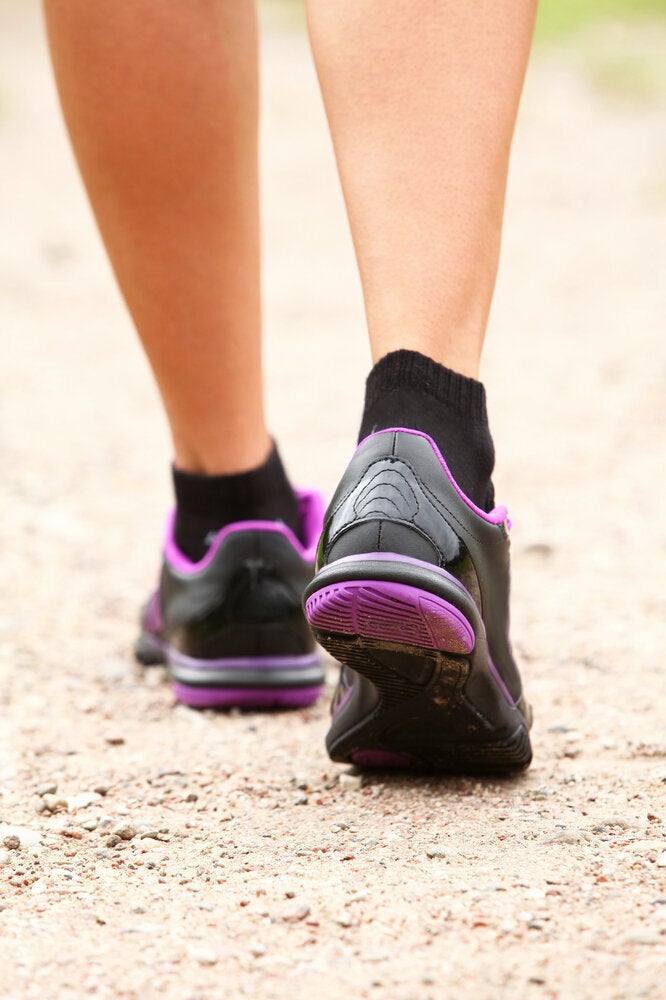As cancer patients become more informed about their illness and treatment options, I continue to be surprised by how many are unaware of the benefits of exercising during and after treatment. Recent studies show that fitting daily activity into your routine can accelerate recovery and has even been linked with a lower recurrence of certain types of cancer.
Between the symptoms that you may be feeling and the side effects of your treatment, you may not feel up to a five-kilometre run, but that doesn't mean you should give up on exercise entirely. My patients have shown me first-hand what our studies have proven; that daily activity provides tremendous physical and psychological benefits.
The human body is meant to be active
Exercise is essential for our wellbeing. Long periods of inactivity can cause physical deterioration in cancer patients. Our muscles become smaller and weaker. We become less able to perform even simple daily activities. Exercise prevents these changes and has been shown to have many additional benefits including:
- Elevating your mood;
- Reducing feelings of fatigue;
- Increasing your energy;
- Enhancing your quality of sleep;
- Increasing your functional independence;
- Decreasing the likelihood that breast and colon cancer will recur;
- And improving your quality of life.
For most people, their normal daily routine doesn't provide enough activity to enable them to enjoy these benefits without performing additional exercise.
Manage your stress
Exercise restores normal function to the body's systems, like your cardiovascular and endocrine systems. The diagnosis and treatment of cancer can be very stressful to these systems, as well as to your emotional wellbeing. Exercise will help manage your stress at all levels.
Know your limits
In my experience, all cancer survivors and patients can exercise safely. However, it is important for you to understand your own physical limitations, particularly any issues that may have developed as a result of your treatment. For instance, if you're having issues with balance from nerve damage related to chemotherapy you should use caution when beginning an activity that might put you at risk of falling.
Survivors who have had lymph nodes removed need to be aware that overexertion can trigger lymphedema (the chronic swelling of a body part) or cause it to worsen. After lymph node removal, it is important to carefully monitor for swelling, particularly if you also received radiation. That being said, survivors who begin exercising at a low level and advance their program gradually can exercise with minimal to no risk of lymphedema.
Every person is unique. There is no simple "one size fits all" approach to exercising during cancer treatment and recovery. Use common sense, listen to your body and bring any concerns to your doctor's attention. It is critical to remember that, in this case, more pain is definitely not more gain.
Here are the top five exercises I suggest for cancer patients:
1. WALKING is always a good choice for cancer patients. It is a safe and universally beneficial exercise. It can be done indoors on a treadmill or outside during the warmer months. It can be as simple as walking down the driveway to get the mail or getting off transit one stop early.
2. STATIONARY CYCLING is a great option, especially for those patients who have issues with balance. It is low impact and gentle on the joints. Stationary cycling can reduce fatigue and improve sleep. It is easy to hop on a stationary bicycle while watching TV in the evening to unwind.
3. HOUSEHOLD CHORES that require whole body movements, such as vacuuming or mowing the lawn, can be great ways to incorporate activity in the day. However as with any activity, it is important not to over-do household chores at the beginning. Survivors should begin at a low, sensible level and increase chore intensity and duration gradually.
4. PILATES AND YOGA can help strengthen and stretch muscles and tendons systems. Pilates improves mood and yoga enhances sleep quality among cancer survivors. But again, always begin gradually. It may be helpful for survivors to alert instructors to their cancer treatment histories, this way exercises can be tailored to their needs and vulnerabilities.
5. TAI CHI is a great way to increase strength, flexibility and balance and therefore an excellent choice for survivors with chemotherapy-related neuropathy.
